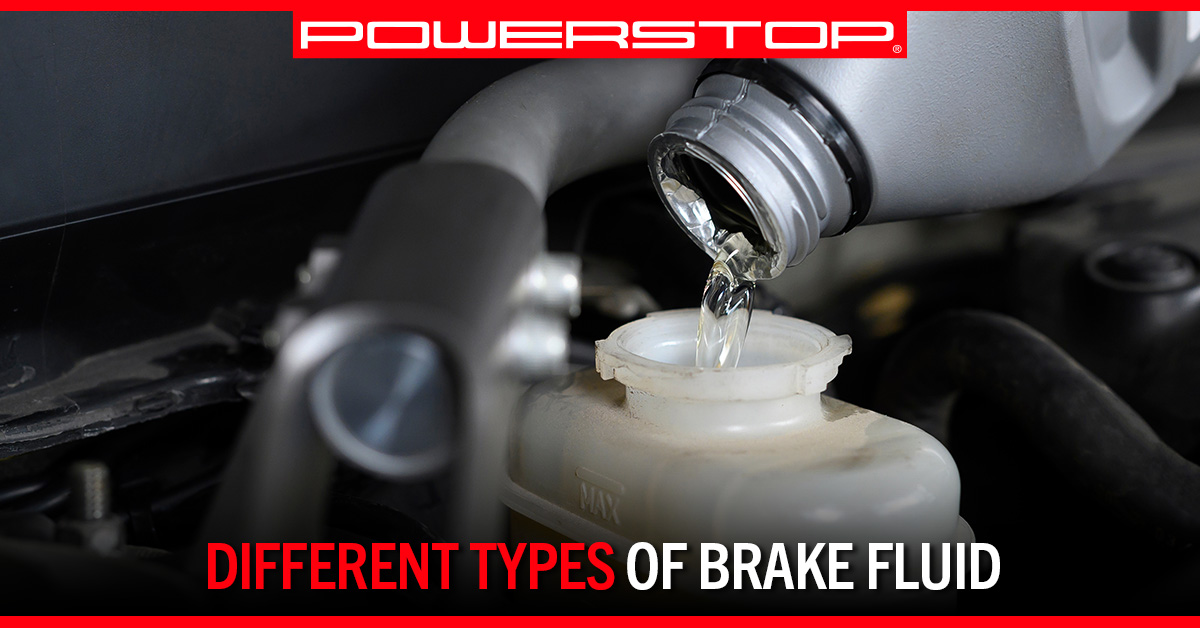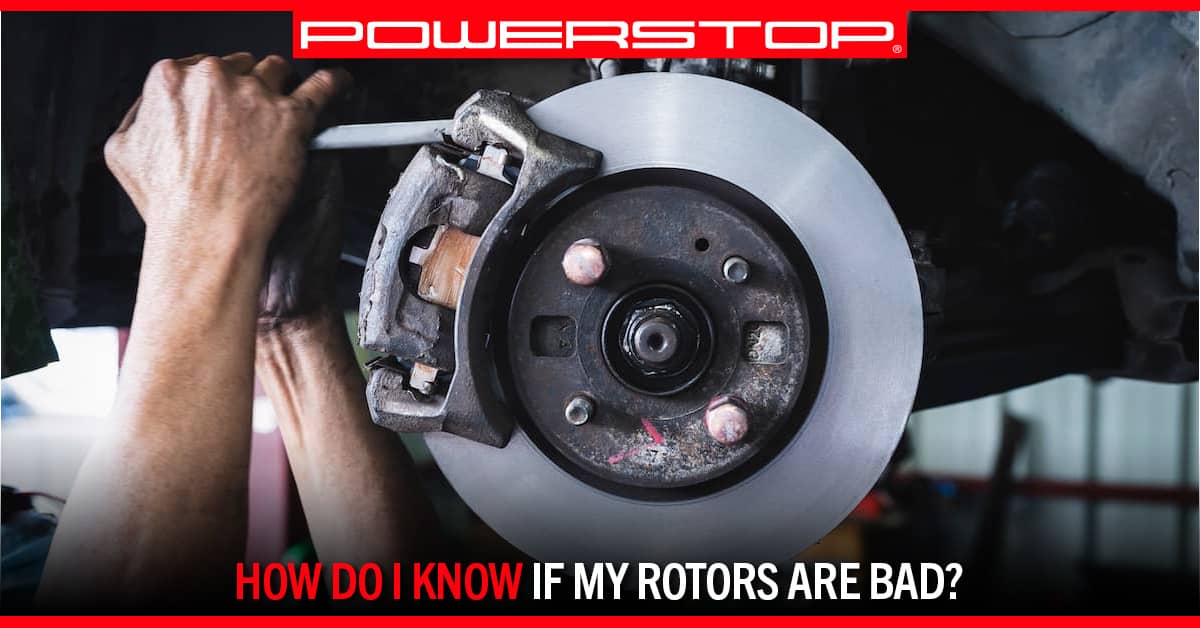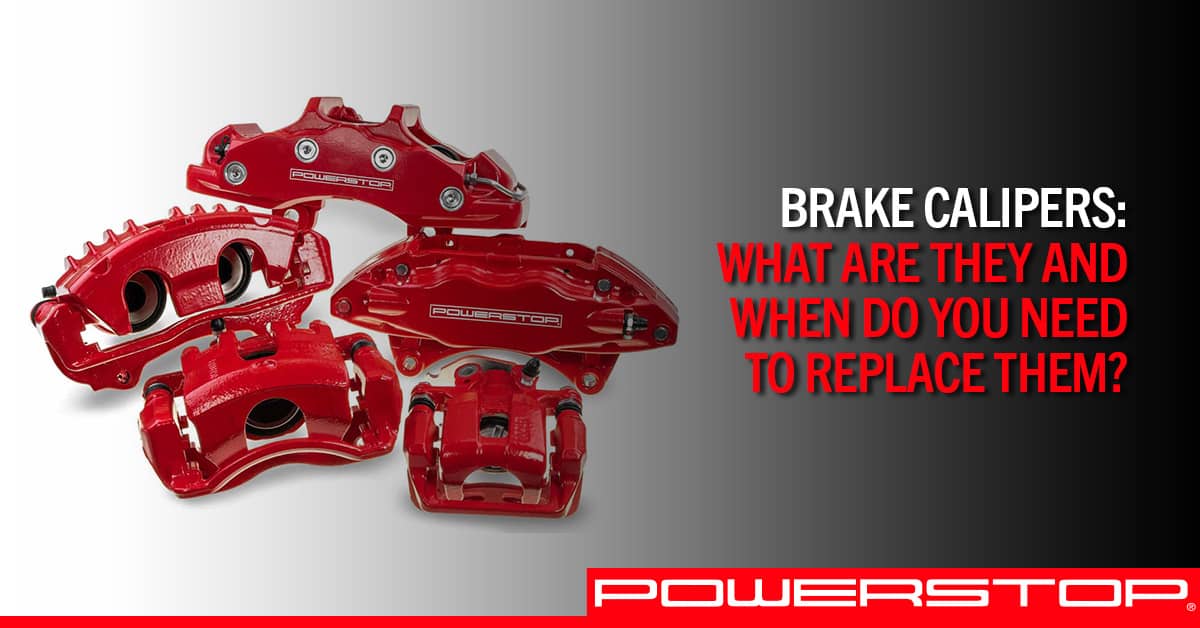
Different Types of Brake Fluid
Brake fluid is the lifeblood of the brake system and a commonly overlooked, but integral, part of your vehicle. It is a hydraulic fluid responsible for one job: Stopping your vehicle!
Brake fluid transfers the action of pushing on the pedal to the brake calipers or drums through a series of brake hoses and lines to actually stop your vehicle. Because it must operate under very demanding conditions without failure, the United States regulates its performance qualities as defined by the Department of Transportation’s National Highway Traffic Safety Administration.
What Does Brake Fluid Do?
Brake fluid plays a crucial role in the braking process. It is the liquid chemical solution used in hydraulic braking systems to transfer the force of your foot pressing down on the brake pedal into pressure on your vehicle’s brakes.
The act of braking generates extreme heat. This heat causes moisture to condense in the brake hydraulic system. Brake fluid absorbs this moisture and prevents it from boiling and causing brake failure. Additionally, brake fluid lubricates moving parts and prevents corrosion.
Brake fluid must pass testing for the ability to remain fluid at a low temperature and resist boiling at a high temperature. It must be compatible with other brake fluids and parts of the braking system and effectively control the corrosion of your brake system.
Understanding the Different Types of Brake Fluid
Brake fluid is referred to by “DOT” and a number. DOT stands for Department of Transportation, the federal agency responsible for regulating brake fluid specifications for vehicles in the United States. These regulations ensure standard product quality for everyone’s safety.
Each number has a higher boiling point. Most vehicles in the USA take DOT3 or 4 which are amber in color, like a light beer. They are glycol-based and will absorb moisture out of the air (hygroscopic is the technical term). Thus, you’ll want to keep the top of your bottle tight and don’t open the master cylinder reservoir unless needed. Most master cylinder reservoirs are clear for this reason. Because of its affinity to absorb moisture and the heat generated during braking, brake fluid performance will degrade over time. It will become acidic, promoting the formation of rust and debris in the system, which can clog valves in an expensive ABS system.
DOT 3
By far, DOT 3 is the most popular. It’s been in use for a very long time. Fresh DOT 3 has a boiling point of 401 degrees Fahrenheit; fully degraded, it drops to 284 degrees Fahrenheit. This makes your brake fluid much more likely to boil. Braking hard, going downhill for a long period, towing, or racing can speed up this process.
Since DOT 3 is highly corrosive, great care should be taken. It will remove paint and should be cleaned up immediately using soap and water or a simple degreaser.
DOT 4
DOT 4 is used primarily by European car manufacturers, but it is beginning to be used more widely by vehicle manufacturers elsewhere. Although there are different types of DOT 4 brake fluid, it has a higher boiling point than DOT 3. These boiling points start at 446 degrees Fahrenheit. Additional additives in DOT 4 help reduce the acids that can form from moisture.
While DOT 3 and 4 are technically intermixable, it is not recommended. DOT 4 is twice the cost of DOT 3 and for most, there’s little benefit to switching. There are several different types of DOT 4 so be certain you use the correct type.
DOT 4 is used in some euro and domestic vehicles. DOT 4 Plus is used in Mercedes and Volvo. DOT 4 Low Viscosity is used in some BMW models. Finally, DOT 4 Racing usually has an added blue color.
DOT 5
DOT 5 is a silicone-based brake fluid and has a very high boiling point of 500 degrees Fahrenheit. Usually, it has a purple color to differentiate from the amber color of DOT 3 and 4. It doesn’t absorb water quite like the glycol-based brake fluids, but it does become foamy and the air bubbles are far more difficult to bleed out. This is why DOT 5 is not recommended for ABS systems.
DOT 5 is not able to be mixed with any other fluid and is 4x more expensive than DOT 3.
DOT 5.1
DOT 5.1 is a glycol-based brake fluid with a boiling point similar to DOT 4 racing brake fluids. Usually clear to amber in color. While it is technically intermixable with DOT 3 or 4, it is not recommended. DOT 5.1 is around 14x more expensive than DOT 3.
What Happens if Your Brake Fluid Is Low?
Brake fluid works hard every day to keep you safe on the road. However, brake fluid is not something most people think about until something starts going wrong. Over time, it can become contaminated, depleted, or burnt out, which prevents proper brake function.
Common signs that you have a brake fluid problem include:
The ABS Light Comes On
One of the basic indicators that brake fluid is low is when the Anti-Lock Braking System (ABS) light on a vehicle’s dashboard illuminates. While not all vehicles, particularly older models, have ABS lights, newer vehicles generally come equipped with this feature to inform drivers of a potential problem.
Brake Pads Not Functioning Properly
When brake fluid is low or dirty, it cannot depress brake pads as efficiently as it should. This can lead to uneven wear and damage to brake pads, causing squealing, squeaking, or grinding noises when the brakes are engaged.
Strange Noises When Braking
Braking systems that don’t have enough fluid in them, or have old fluid, will begin to make noise. When this occurs, it is important to have the brakes checked as soon as possible.
Problems with the Brake Pedal
When brake fluid is low, or needs to be replaced, a driver may notice that the brake pedal doesn’t respond like it used to. If the pedal feels firmer than usual, the fluid could be contaminated. If the pedal feels soft, bouncy, and/or spongy when the pedal is pressed down, it can be a sign that the brake fluid is getting low.
Smoke or Burning Smells
Overheating brakes can emit smoke or burning smells after prolonged use. If this occurs, drivers should pull over as soon as possible to allow the brakes to cool. If a vehicle continues to be driven in this condition, the overheated fluid can cause brake failure, preventing the ability to stop.
Can I Drive Without Brake Fluid?
No. Brake fluid is essential to safe driving. The pressure applied to a brake pedal is transferred through the brake lines via fluid that pushes against the brake pads. Without this essential fluid, brakes won’t work.
How Often Should You Add Brake Fluid?
It’s a good idea to have your brakes and brake fluid checked by a professional technician during every oil change. A mechanic can inspect the overall health of your brake system and determine if new brake fluid is needed.
All brake fluid ages, which degrades performance. To keep your vehicle’s brake system at peak performance, flush your fluid in accordance with the OEM maintenance schedule and use the factory-recommended brake fluid.
Which Brake Fluid Is Best for PowerStop Brakes?
PowerStop components are only compatible with glycol-based DOT 3, 4, and 5.1 brake fluids. Most vehicles in the United States use DOT 3 and many European vehicles use DOT 4. Check your vehicle’s owner’s manual to find the factory-recommended brake fluid if you aren’t sure
HAVE A QUESTION? POWERSTOP CAN HELP
PowerStop strives to create top-quality performance brakes for every vehicle on the road. If you have questions about any of our products, contact us now online or toll-free at (888) 863-4415. Our customer service team is available to answer your questions Monday through Friday from 8 a.m. to 5 p.m. (CST). Se habla español.
Back



